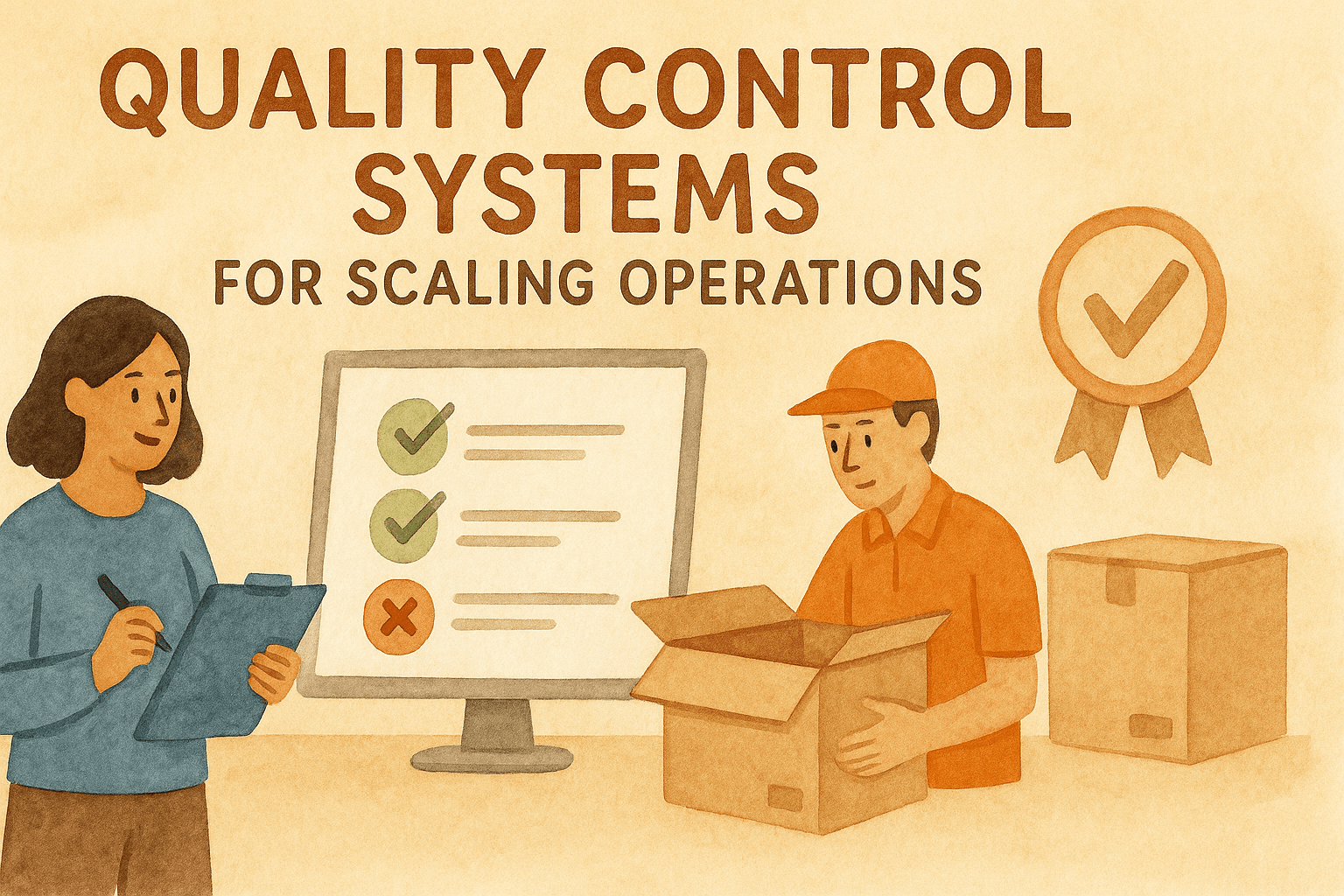Team Communication Systems for Remote Scaling
Updated:
January 7, 2025
11 minutes
The Challenges of Remote Communication
Remote communication is fundamentally different from in-person communication. When you are not in the same room as your team members, you lose the non-verbal cues that are so important for effective communication. This can lead to a number of challenges, including:
• Misunderstandings: Without the benefit of body language and tone of voice, it is easy for messages to be misinterpreted. This can lead to confusion, frustration, and conflict.
• Lack of connection: When you are not physically present with your team members, it can be difficult to build the personal relationships that are so important for a strong team culture. This can lead to feelings of isolation and a lack of engagement.
• Information silos: In a remote environment, it is easy for information to become siloed within different teams or departments. This can make it difficult for team members to get the information they need to do their jobs effectively.
• Difficulty in collaboration: Spontaneous collaboration is more difficult in a remote environment. You can't just walk over to someone's desk to ask a question or brainstorm an idea.
The 4 Pillars of a Scalable Remote Communication System
A scalable remote communication system is built on four key pillars:
• The Right Tools: You need to have a suite of communication tools that can support a variety of communication needs, from real-time chat and video conferencing to asynchronous communication and project management.
• Clear Communication Norms: You need to establish clear guidelines for how your team should communicate. This includes everything from when to use which tool to how to structure your messages.
• A Culture of Transparency: You need to create a culture where information is shared openly and freely. This will help to break down information silos and ensure that everyone has the information they need to do their jobs.
• Intentional Culture Building: You need to be intentional about building a strong team culture in a remote environment. This includes everything from virtual social events to recognition and rewards programs.
Designing Your Remote Communication System
Now that you understand the four pillars of a scalable remote communication system, let's take a closer look at how to design and implement each component.
1. Choosing the Right Tools
There is no one-size-fits-all solution to choosing the right communication tools. The right suite of tools for your business will depend on a variety of factors, including your team size, your budget, and your specific communication needs. However, most remote teams will need a combination of the following tools:
• Real-time chat: A real-time chat tool, such as Slack or Microsoft Teams, is essential for quick questions, informal conversations, and real-time collaboration.
• Video conferencing: A video conferencing tool, such as Zoom or Google Meet, is essential for team meetings, one-on-ones, and virtual social events.
• Project management: A project management tool, such as Asana, Trello, or Jira, is essential for tracking tasks, managing projects, and collaborating on complex initiatives.
• Documentation and knowledge base: A documentation and knowledge base tool, such as Confluence or Notion, is essential for creating a single source of truth for your team. This is where you will document your processes, policies, and procedures.
2. Establishing Clear Communication Norms
Once you have chosen your communication tools, you need to establish clear guidelines for how they should be used. This will help to ensure that everyone is on the same page and that your communication is as efficient and effective as possible. Your communication norms should cover the following:
• Which tool to use for which purpose: For example, you might decide that all urgent communication should happen in Slack, while all project-related communication should happen in Asana.
• Response time expectations: You should set clear expectations for how quickly team members should respond to messages in each tool.
• Meeting etiquette: You should establish clear guidelines for how to conduct effective remote meetings. This includes everything from creating an agenda and sending it out in advance to using the "raise hand" feature and muting your microphone when you are not speaking.
• Status updates: You should establish a clear process for how team members should provide status updates on their work. This will help to ensure that everyone is aware of what is going on and that there are no surprises.
3. Creating a Culture of Transparency
In a remote environment, it is more important than ever to create a culture of transparency. This means sharing information openly and freely, even when it is not good news. A culture of transparency will help to build trust, break down information silos, and ensure that everyone has the information they need to do their jobs effectively. Some ways to create a culture of transparency include:
• Openly sharing company performance: You should regularly share key metrics and financial information with your team. This will help them to understand the health of the business and how their work is contributing to the company's success.
• Making information accessible: You should make it easy for team members to find the information they need. This includes everything from documenting your processes in a knowledge base to creating a company-wide directory of who is responsible for what.
• Encouraging open and honest feedback: You should create a safe space for team members to share their feedback, both positive and negative. This will help you to identify and address problems before they become major issues.
4. Intentional Culture Building
In a remote environment, you cannot rely on a strong team culture to just happen. You need to be intentional about building it. This includes everything from creating opportunities for social interaction to recognizing and rewarding team members for their contributions. Some ways to build a strong remote team culture include:
• Virtual social events: You should regularly schedule virtual social events, such as happy hours, game nights, and virtual coffee breaks. This will help to create a sense of community and connection among your team members.
• Recognition and rewards: You should have a system for recognizing and rewarding team members for their contributions. This can be as simple as a shout-out in a team meeting or as formal as a quarterly awards program.
• Onboarding and training: You should have a structured onboarding and training program for new hires. This will help them to feel welcome and to get up to speed quickly.
Measuring Success and Continuous Improvement
Once your remote communication system is in place, it's crucial to measure its effectiveness and continuously refine your approach. Without clear metrics and feedback loops, you won't know if your communication system is actually working or where improvements are needed.
Key metrics to track include:
• Response time averages: How quickly are team members responding to messages in different channels? Are there bottlenecks that need to be addressed?
• Meeting effectiveness scores: Survey team members after key meetings to gauge whether they were productive, well-run, and valuable.
• Employee engagement levels: Regular pulse surveys can help you understand how connected and engaged your remote team feels.
• Information accessibility: Track how often team members report difficulty finding information they need. This indicates whether your knowledge base and documentation are effective.
• Tool adoption rates: Are team members actually using the communication tools you've implemented? Low adoption may signal that tools aren't meeting their needs.
Establish a quarterly review process where you analyze these metrics, gather feedback from your team, and identify areas for improvement. Your communication system should evolve as your team grows and as new tools and best practices emerge. What works for a 10-person remote team may not work for a 50-person team, so be prepared to adapt your approach as you scale.
Building an effective remote communication system is one of the most critical investments you can make as you scale your distributed team. The challenges of remote work—from misunderstandings and information silos to feelings of isolation—won't resolve themselves. They require a deliberate, systematic approach to communication that addresses both the practical and cultural dimensions of remote collaboration.
By implementing the four pillars outlined in this guide—choosing the right tools, establishing clear communication norms, fostering transparency, and building intentional culture—you create the foundation for a remote team that can operate as effectively as any in-office team, if not more so. The key is recognizing that remote communication isn't just about technology; it's about creating systems, setting expectations, and building a culture where information flows freely and team members feel genuinely connected to each other and to the company's mission.
Remember that building a scalable remote communication system is an ongoing journey, not a destination. As your business grows from 10 to 50 to 100+ employees, your communication needs will evolve. What worked at one stage may need to be refined or replaced at the next. By regularly measuring your system's effectiveness, gathering feedback from your team, and remaining open to continuous improvement, you'll ensure that your communication infrastructure scales alongside your business—supporting sustainable growth and maintaining the strong team culture that drives long-term success.



